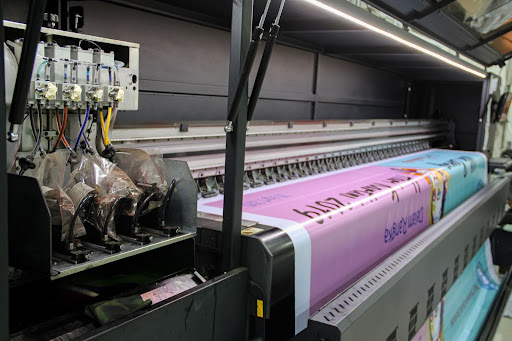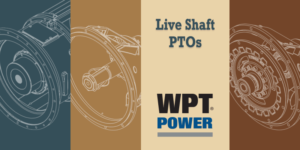The textile printing business is seeing a rapid expansion, and the innovation of modern textile printing devices or techniques is one of the major reasons for the expansion. Modern textile printers can broadly be classified into two types: direct-to-garment (DTG) or direct-to-film (DTF). The essential difference between the two is that one directly prints on the fabric while the other prints on a film.
How DTF Printers Can Be A Gamechanger
Most inexperienced buyers do not know the right queries to make when they visit a dtf printer supplier. So, this blog post will be a great help for new buyers who can make a fruitful purchase that will serve their business goals.
Can Be Used For A Wide Range Of Fabrics
A textile printing unit that wants to grow and cater to different client bases must be versatile and adaptive. A printing machine that works well for different fabrics, be it natural textiles like cotton or artificial ones like rayon and polyester, helps improve a business’s reach. In fact, when it comes to DTF printers, it works well for materials like leather as well. The shade of the fabric is not a problem because DTF printers work equally well for dark as well as light shades.
Saves On The Pre-processing Time
Regular garment printing techniques require a whole lot of pre-processing. Steps that make the garment firm, the washing process, and the subsequent drying of the garment require a lot of time and effort. But when it comes to direct-to-film printing, the processing time is much less. Such printers make use of the hot melt capacity to the DTF transfer bonds that print helps in printing without any pre-treatment process.
Saves On White Ink
White ink is the most expensive ink in the textile printing business. Direct-to-film printers have a lower requirement of white ink as compared to other digital textile printers. Thus, if you purchase a direct-to-film digital printer, you will make a whole lot of savings. To further reduce costs and support eco-friendly practices, Sell Toner offers a convenient way to recycle used toner cartridges, providing your business with affordable, sustainable alternatives.
Long Lasting Prints
A client does not want to invest money in buying garments where the prints will not last beyond a few stringest washing sessions. Direct-to-film printing techniques make the print more durable; the print is flexible. Here, flexibility means that the prints will not crack even if the clothes are stretched.
Allows For Creating Intricate And Unique Design
The direct to film printing technique allows you to transfer the print or design in hard to reach surfaces. Hence, this printing technique helps create unique designs that other printers may not be able to produce.
Conclusion
Buying direct-to-film printers has several advantages over conventional printers that have been used for ages. The versatility of the device and the time it saves in pre-processing steps significantly benefit a printing business. Moreover, the saving on the white ink improves the profit margins. So the next time you are out to buy a textile printer, do consider investing in a direct to film printer.





Be First to Comment